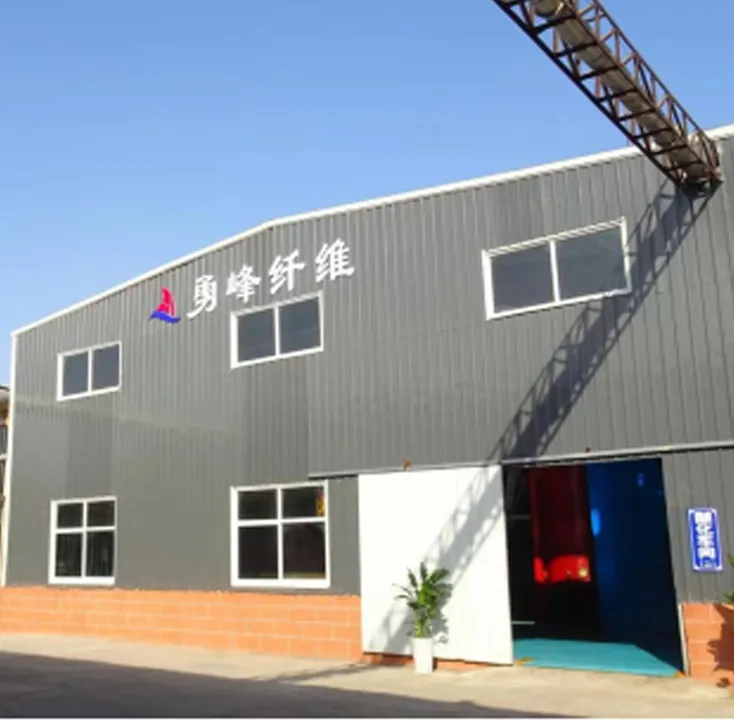Understanding HPMC The Versatile Polymer in Chemistry
Hydroxypropyl Methylcellulose (HPMC) is a chemically modified cellulose derivative that has gained significant attention in both industrial and pharmaceutical applications. This versatile polymer is derived from natural cellulose, which makes it an appealing option for various sectors due to its biocompatibility and non-toxic properties. This article aims to explore the chemical structure, applications, and benefits of HPMC, highlighting its importance in contemporary science and industry.
Chemical Structure
HPMC is created by modifying cellulose, a natural polysaccharide found in the cell walls of plants. In the chemical process, hydroxypropyl and methyl groups are introduced to the cellulose backbone. This modification enhances the solubility of cellulose in water, thereby transforming it into a functional polymer suitable for diverse applications. The varying degrees of substitution of methyl and hydroxypropyl groups yield different grades of HPMC, each with unique characteristics in terms of viscosity, solubility, and thermosensitivity.
Due to its unique amphiphilic nature, HPMC possesses excellent stabilizing properties, which allows it to act as a thickening agent, emulsifier, and film-forming agent. Its ability to form gels and its temperature-dependent solubility are also noteworthy, making HPMC suitable for a range of applications.
Applications in Pharmaceutical Industry
One of the most significant uses of HPMC is in the pharmaceutical industry. It is commonly employed as an excipient in drug formulations, playing a crucial role in the delivery of active pharmaceutical ingredients (APIs). HPMC serves several purposes in this context
1. Controlled Release The polymer's properties make it ideal for formulating controlled-release drug delivery systems. By fine-tuning the concentration of HPMC, formulators can control the release rate of the drug, ensuring a consistent therapeutic effect over a prolonged period.
2. Tablet Binder HPMC is often used as a binder in tablet formulations, improving the mechanical integrity of the tablets. This characteristic is essential for achieving optimal dissolution rates and bioavailability of the active ingredients.
3. Stabilizing Agent In liquid formulations, HPMC acts as a stabilizer, preventing sedimentation and ensuring uniform distribution of active compounds within the mixture. This stability is crucial for maintaining the efficacy of liquid medications.
hpmc chemic

4. Film Coating HPMC is widely used for coating tablets and granules. The film coating enhances the appearance of dosage forms and offers protection against environmental factors, such as moisture and oxygen, that can degrade the drug.
Applications in Food and Other Industries
Beyond pharmaceuticals, HPMC is also used extensively in the food industry. As a food additive, it acts as a thickener, emulsifier, and moisture-retaining agent, improving the texture and stability of various food products. It can be found in products such as sauces, dressings, and baked goods, contributing to a desirable mouthfeel and extended shelf life.
In the construction industry, HPMC plays a vital role in formulating adhesives, paints, and coatings. Its water-retention properties enhance the performance of cement-based materials, ensuring better adhesion and durability. Additionally, it is increasingly used in cosmetic formulations as a thickening and stabilizing agent.
Advantages of HPMC
The popularity of HPMC in various sectors can be attributed to its numerous advantages
- Non-toxic and Biocompatible Being derived from natural cellulose, HPMC poses minimal risk to human health and the environment, making it ideal for drug delivery and food applications. - Versatility The wide range of available grades allows for customization to meet the specific needs of different applications.
- Ease of Use HPMC is soluble in cold water, simplifying the formulation process in various industries.
Conclusion
In summary, Hydroxypropyl Methylcellulose (HPMC) stands out as a versatile and essential polymer across multiple domains. Its unique properties and wide-ranging applications in pharmaceuticals, food, and construction underline its importance in modern chemistry. As research continues, the potential for HPMC to contribute to new innovations and solutions remains robust, reinforcing its status as a vital component in both established and emerging industries. Whether improving drug delivery or enhancing food quality, HPMC exemplifies the delicate balance between nature and science, showcasing the remarkable possibilities that stem from chemical innovation.
-
Rdp Powder: Key Considerations for Wholesalers in the Building Materials IndustryNewsJul.08,2025
-
Key Considerations for Wholesalers: Navigating the World of Hpmc - Based ProductsNewsJul.08,2025
-
Hpmc Detergent: Key Considerations for WholesalersNewsJul.08,2025
-
Key Considerations for Wholesalers: China Hpmc For Tile Adhesive, Coating Additives, Concrete Additives, and MoreNewsJul.08,2025
-
Crucial Considerations for Wholesalers: Navigating the World of Construction MaterialsNewsJul.08,2025
-
Key Considerations for Wholesalers Sourcing Additive For Cement, Additive For Concrete, Additive For Putty from Additive Manufacturer Shijiazhuang Gaocheng District Yongfeng Cellulose Co., Ltd.NewsJul.08,2025




